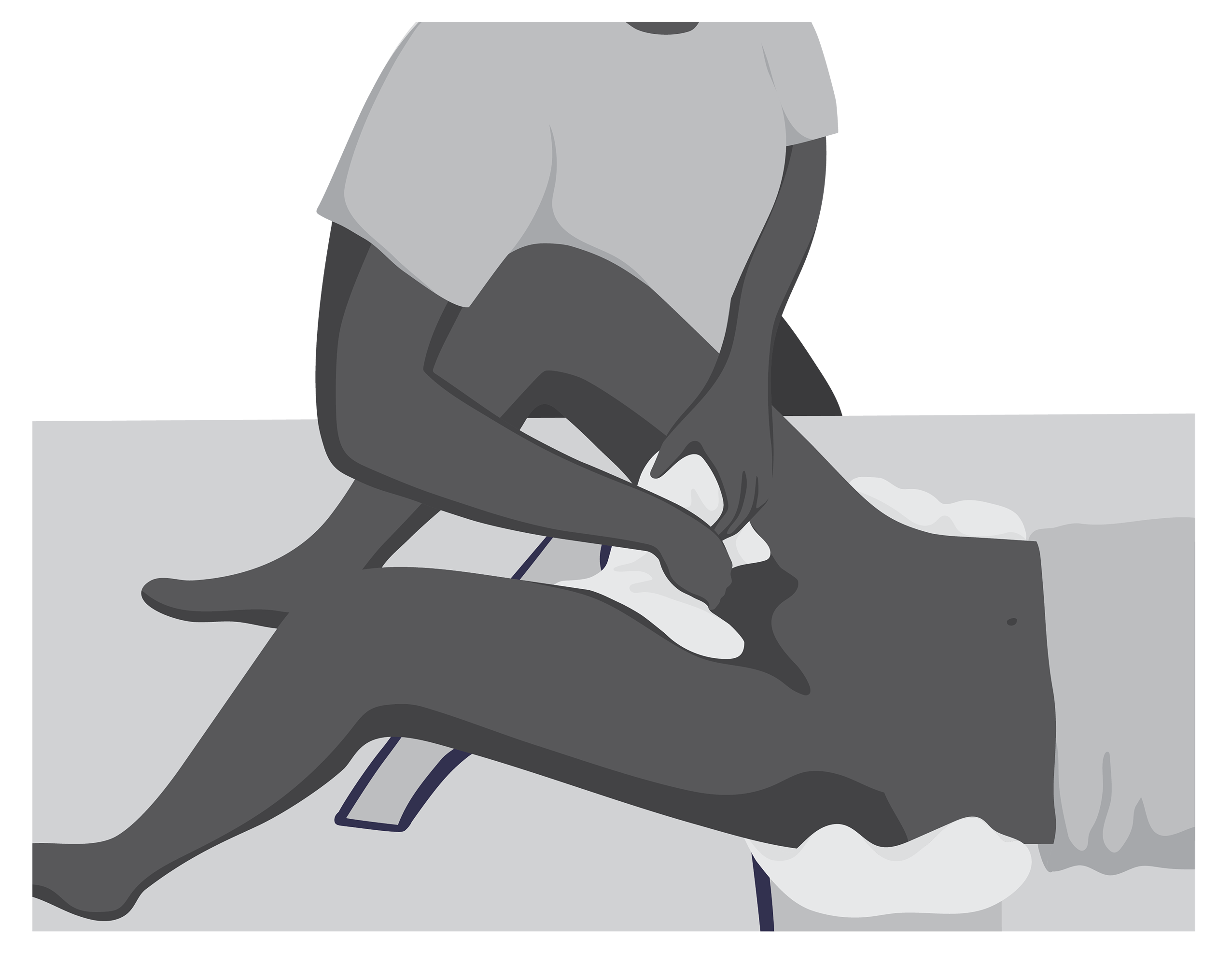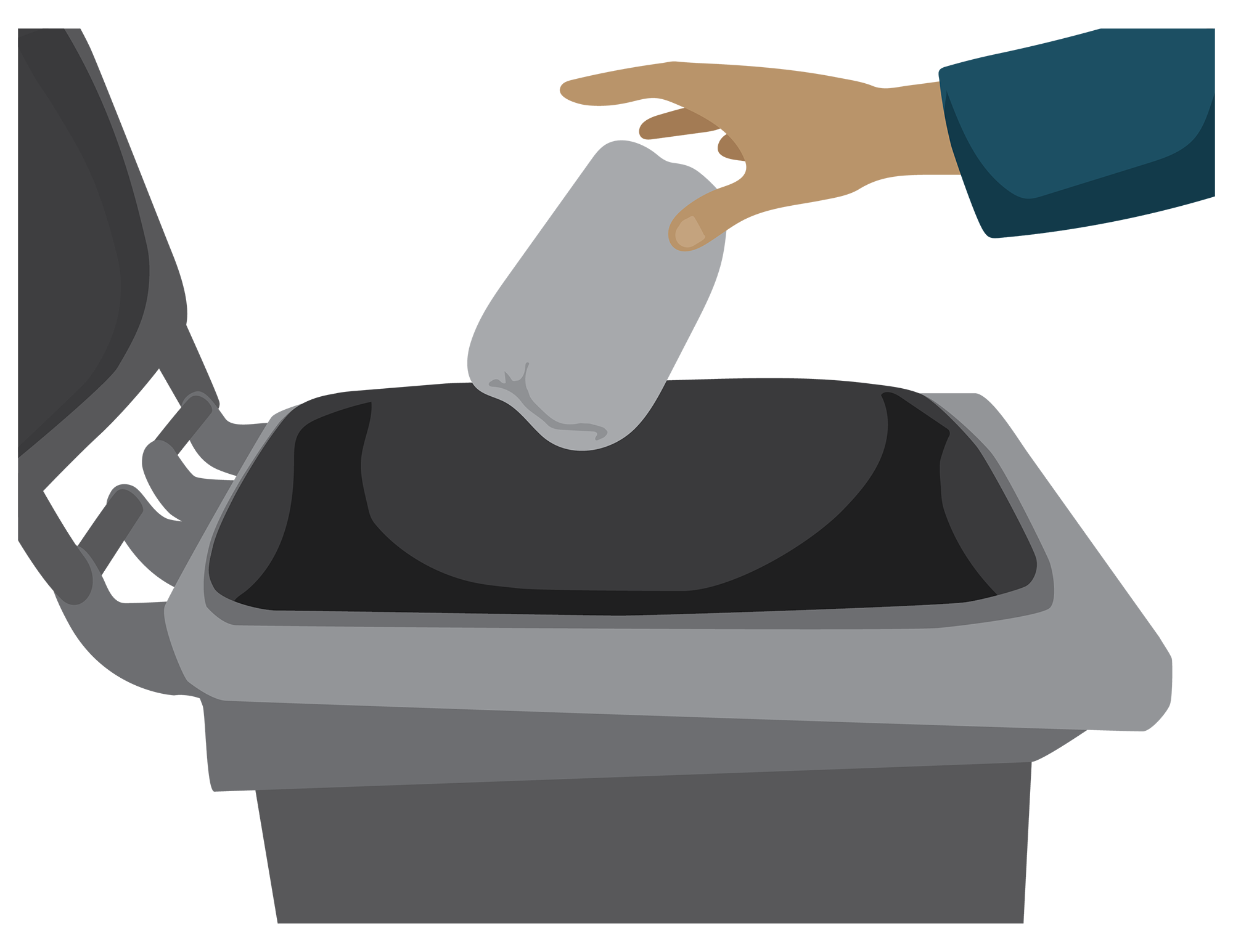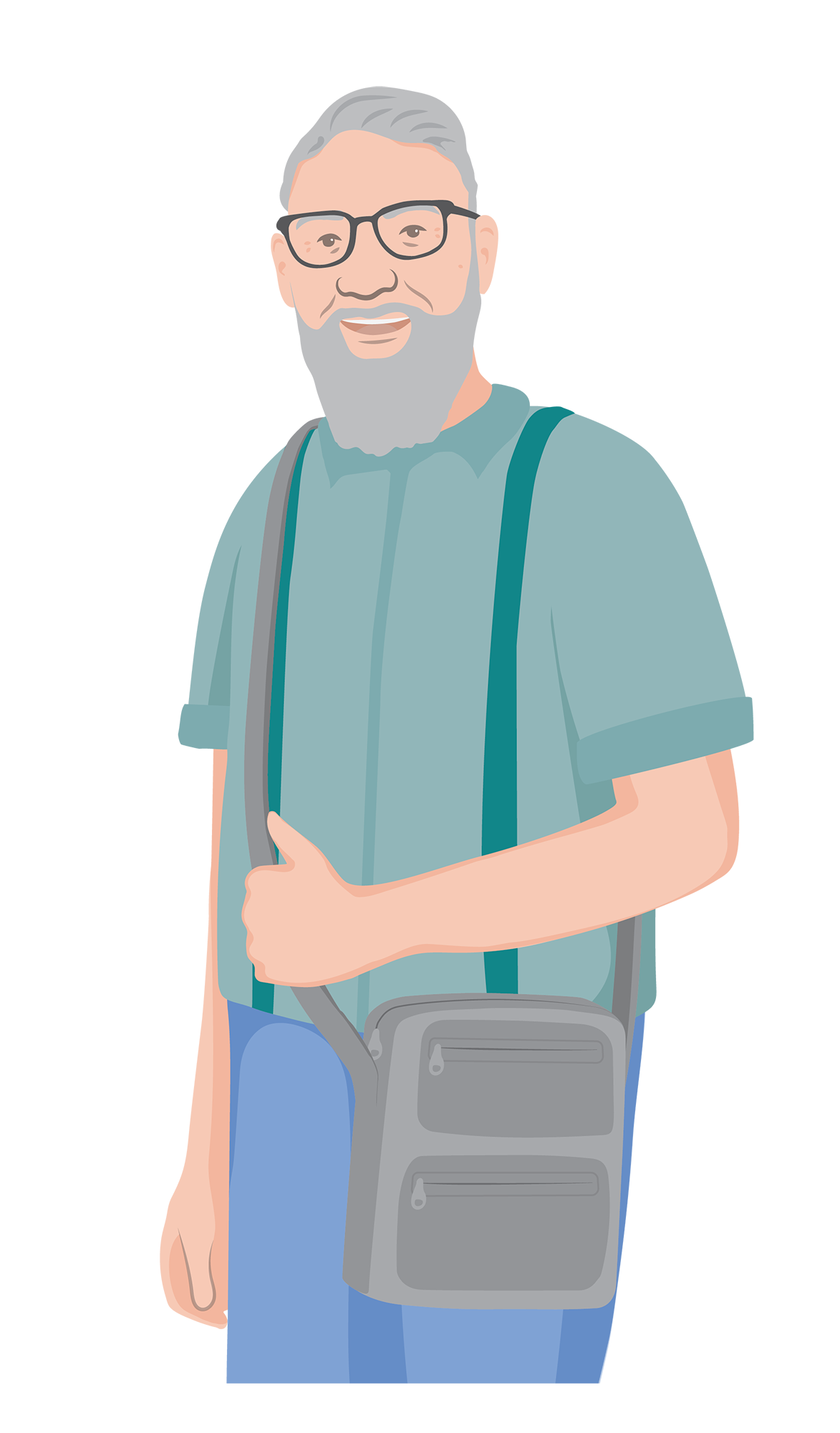A person will be more confident about their absorbent products if they know how to use them.
In this topic we will focus on key things people need to know about:
- How often to change their products
- How to take off and either dispose of or keep washable products until it is time to wash them
- How to successfully use absorbent products when away from home.
![]()
How often to change
The person’s plan should recommend how often they will change their products.
It may be helpful to also teach these simple guidelines:
Stool leaks:
- Always change absorbent products immediately after a leak of stool.
Urine leaks:
- Change after urine leaks if the product feels wet, heavy, uncomfortable or starts to leak.
- OR if a person has skin problems, change after every leak.
Always:
- Change at the end of the day and in the morning even if the product does not contain any leaks.
Some people will need assistance with changing, including knowing when their product needs to be changed.

Meet Sakura
Sakura is 11 and lives with her parents. She has cerebral palsy. She uses a wheelchair with postural support to help her sit comfortably, and has difficulty communicating.
Sakura cannot change her absorbent product herself. She also has difficulty knowing when her product needs to be changed. When Sakura goes to school she wears a pull on pad suitable for heavy leaks. The school helpers assist her by checking her product after each break and changing if it is wet or heavy.
How to take products off
Teach people a clean way to take off their absorbent product when it is containing leaks.
Below are some tips, depending on the type of product.
For products that are fastened
- Roll up from front to back to avoid contamination
- Remove absorbent product and wrap up tightly with the wet/soiled side facing inward.

Watch this short video of a product being removed.
For pull up pads
- Tear single use pads along the outside edge to remove.

Question
Why is it easier to remove a pull on pad by tearing the outside edge?
The person does not have to pull down the product and remove over their feet.
If the person has leaked stool, this can soil the legs.
Tearing the side allows the front to be rolled down before removing the product.
To dispose of single use products after use:
- Empty any stool into the toilet
- Wrap the single use product up tightly with the wet / soiled side facing inwards
- Deposit in a rubbish bin with a lid, ready for collection.

Do not burn. Single use products contain plastic. Burning plastic in the community is a health hazard.
Place washable products in a bucket of cold water with a lid until ready to wash after emptying any stool into the toilet.
The waterproof layer of a two piece product does not need to be washed every time it is used. It can be wiped dry and re-used a couple of times, as long as there is no stool leak on it.
Planning for going out
Absorbent products can help a person have more confidence to go out.
Some planning may be needed to successfully use absorbent products away from home.
Discuss with the person how they will manage while out.
Below are some suggestions that may be helpful:
- Wear a more absorbent product or add an extra pad to reduce the number of changes needed
- Identify the location of toilets or another private place that can be used to check or change absorbent products
- Plan where to dispose of used single use products
- Take a bag to hold used washable products.
Question

Remember Ben?
Ben is 64 and was recently assessed by a healthcare professional. He is waiting for an operation to remove an enlarged prostate, which is causing his incontinence.
Ben is using single use absorbent pads that he can wear inside his underwear.

When Ben goes out, he takes a change of pad and a waterproof bag to hold a used absorbent product in case he cannot dispose of it until he gets home.
What is an advantage of having a sealed waterproof bag to hold a used product?
(Select all that apply)
b) and c) are correct. A sealed plastic bag can help protect other contents in Ben’s bag and avoid odour until he can safely dispose of his used product.
a) Ben might be able to safely dispose of his used product but not all bathrooms have a safe disposal system. Ben will be more confident to go out if he is prepared for different situations.
Discussion
How can you help people in your local area prepare for going out?
What barriers might people face?